This beautiful male Boat-tailed Grackle is on the lookout at the Lake Apopka Wildlife Drive. He is a permanent resident of Florida. The bright sun makes the beautiful iridescence of his feathers glow for all to enjoy. Females have a brownish coloration and a smaller tail. Boat-tailed Grackles breed abundantly in salt and freshwater marshes along the Atlantic and Gulf coasts. These birds forage on the ground, in shallow water, or in shrubs. They eat arthropods, crustaceans, mollusks, frogs, turtles, lizards, grain, seeds, fruit, and tubers. At times they have been known to steal food from other birds, animals, and humans. They overturn shells and stones with their beaks, dunk their heads in water to catch their prey, and pry open mussel shells. Just like us, they will dunk food like rice, dogfood, or bread before eating it.
Fetterbush Lyonia
Lyonia lucida, the fetterbush lyonia, was blooming away in Wekiva Springs State Park. Their flowers can be white, pink, or red. This is an evergreen shrub and reproduces both by rhizome or by seed. If the soil is very poor, it will reproduce only by rhizome. They like acidic, damp soil and can be found in swamps, wet savannas, and saw palmetto prairie habitat. The white one was seen in a hardwood swamp and the pink one was seen in a damp, saw palmetto prairie.
Balsam Apple
Also known as balsam pear, bitter melon, bitter gourd, or bitter squash, Momordica charantia is a Category 2 invasive plant species in Florida. People have used this plant for medicinal purposes and this has contributed to its spread. The bright red seeds are attractive to birds, who then spread this vine outside of cultivation. The red seeds can be toxic, especially to children.
This is a common invasive plant in Florida. You will often see it showing up along your fence lines. As of 2017, it was still considered a Category 2 invasive. Let’s all do our part to stem the spread of this invasive, non-native vine in our beautiful state.
Southern Carpenter Bee
What could be nicer than a native pollinator and a native flower? This Southern Carpenter Bee (Xylocopa micans) is stopping by flowering pennyroyal (Piloblephis rigida). The carpenter bee is a solitary bee that lives for one year. They nest in the wood of dead trees. Like other pollinators, carpenter bees are important to the survival of many species of plants. Pennyroyal is a member of the mint family and can be found in sunny areas of sandy soil along forest edges. It can be brewed into a tea as well.
Blue-Eyed Grass
Blue-Eyed Grass (Sisyrinchium angustifolium) is a common flower throughout the U. S. and is found in most counties in Florida. This little wildflower is also used for landscaping. It prefers damp conditions near wetlands. The roots were used by Indigenous people for tea and to help soothe an upset stomach. These little flowers should be appearing as we enter the spring months.
Pileated Woodpeckers
Did you know that the Pileated Woodpecker (Dryocopus pileatus) is one of North America’s largest woodpeckers? It is hard to miss with a black body, a red crest, white stripes on its neck, and black and white stripes on its face. Pileated Woodpeckers love to eat insects, fruits, and nuts. A large part of their diet is made up of carpenter ants and beetle larvae. This is why they are always knocking on trees and wood, sensing a ‘hollow area’ where the insects may be. Once they have located their dinner, they use their bill to drill into the wood and use their long sticky tongues to drag out the insects. Sometimes they will expand the holes they create looking for food and make a roost inside the tree to lay their eggs. Tended by both mom and dad, the little hatchlings will be ready to fledge within 1 month. Males and females are similar, but males have a red forehead, and females have a gray to a yellowish-brown forehead. If you hear knocking outside, be sure to look up and see if you can spot a stunning Pileated Woodpecker.

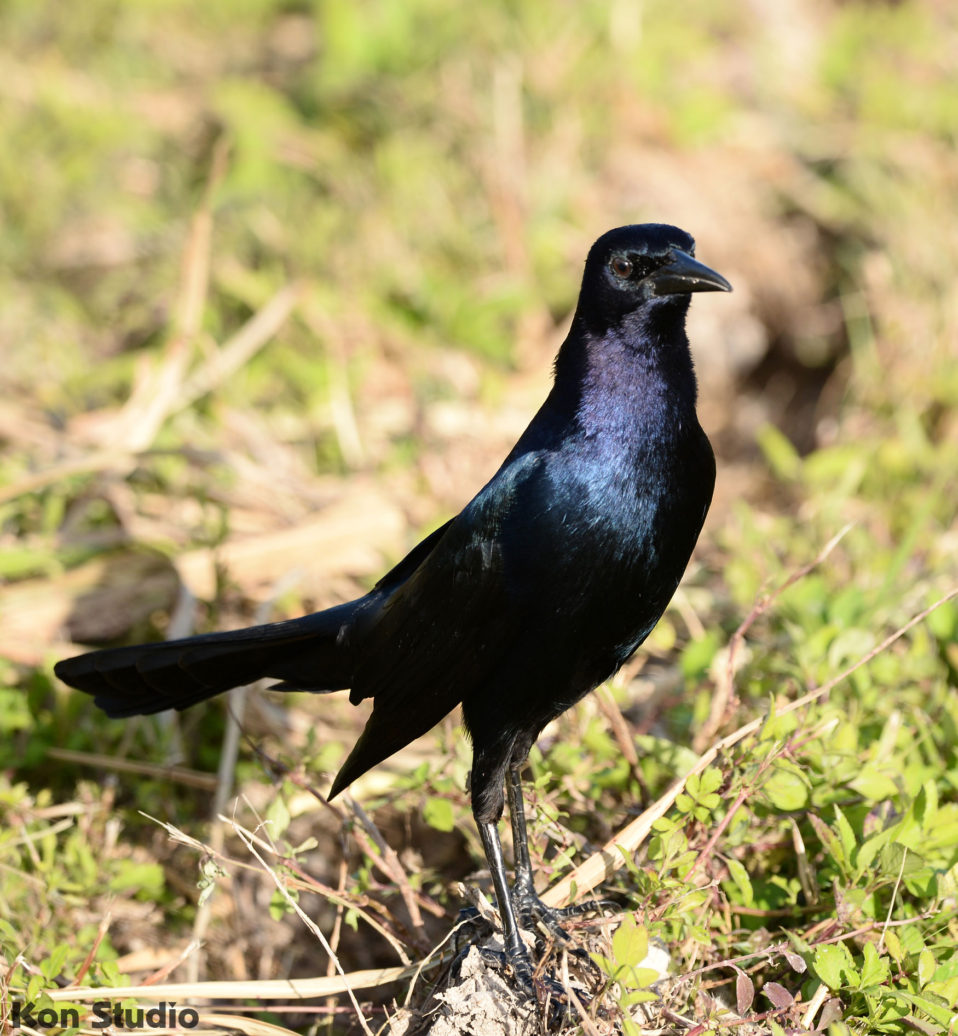
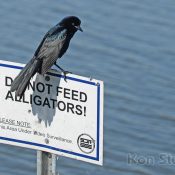
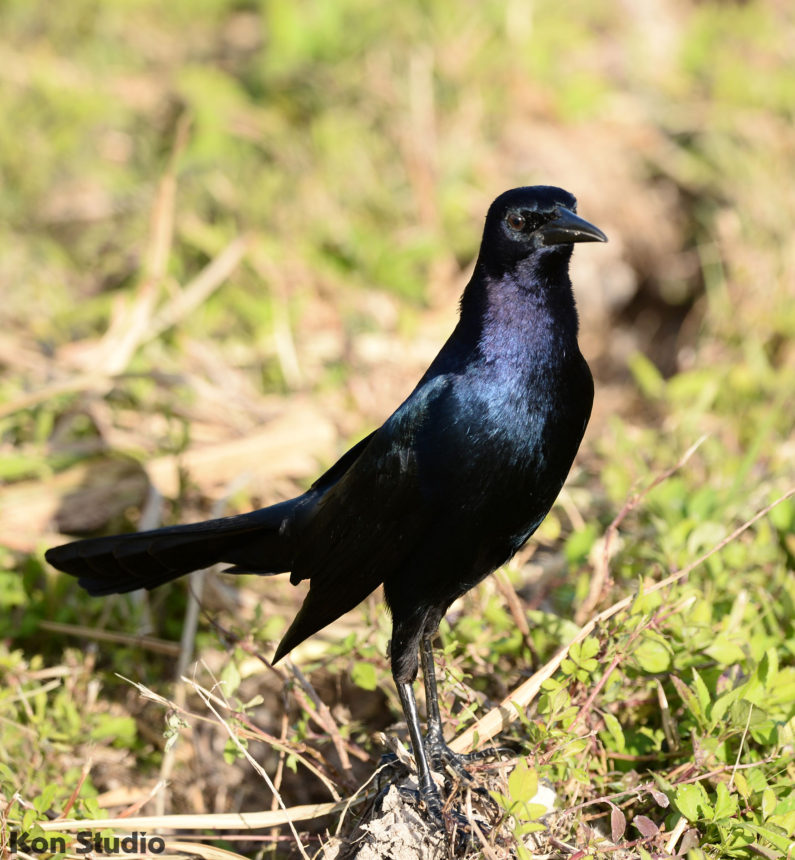
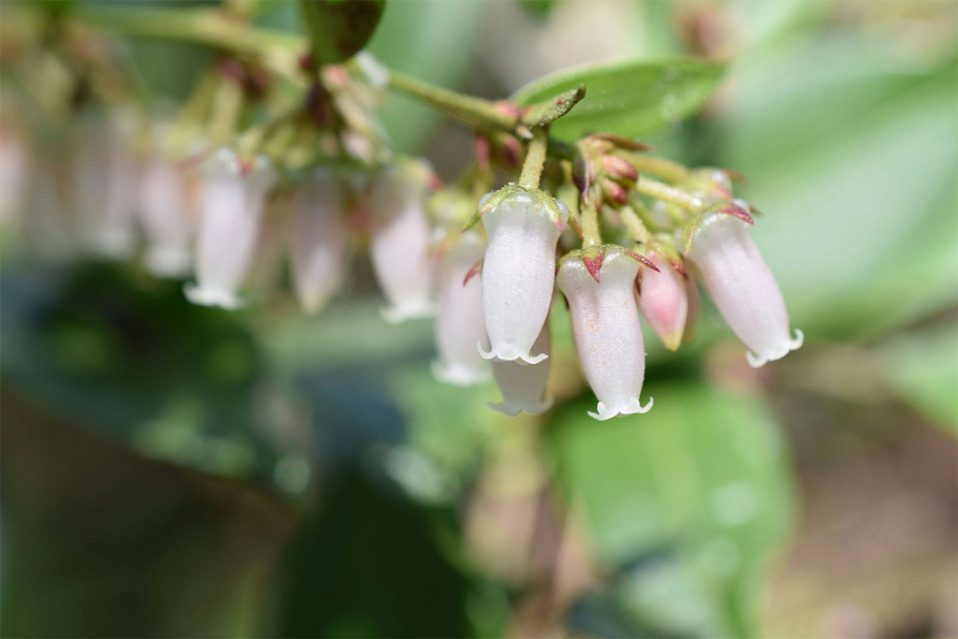
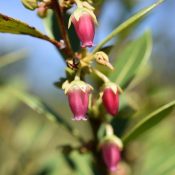

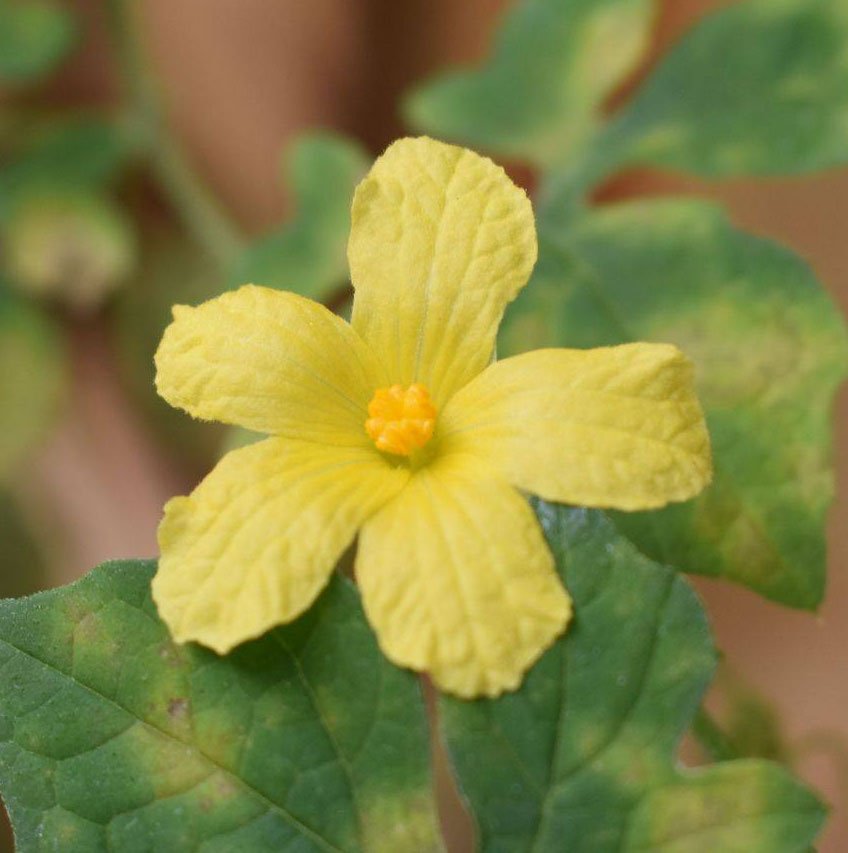
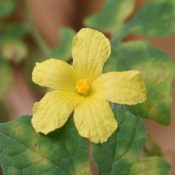
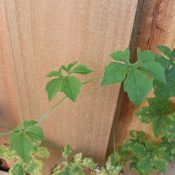
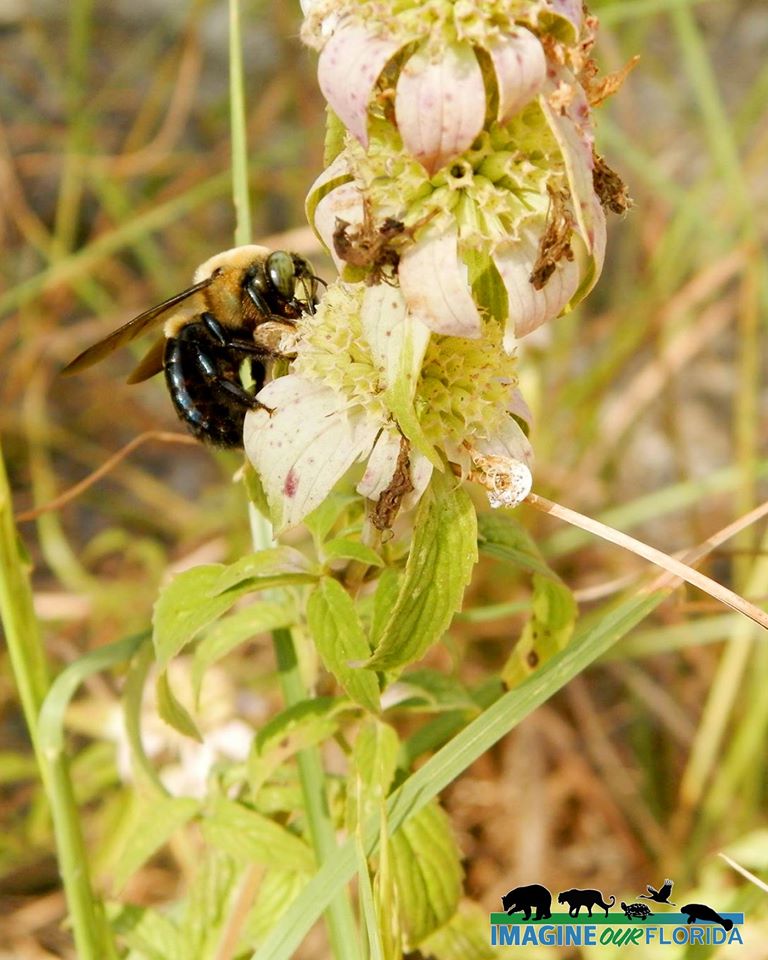
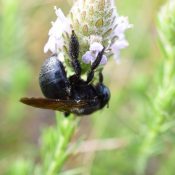
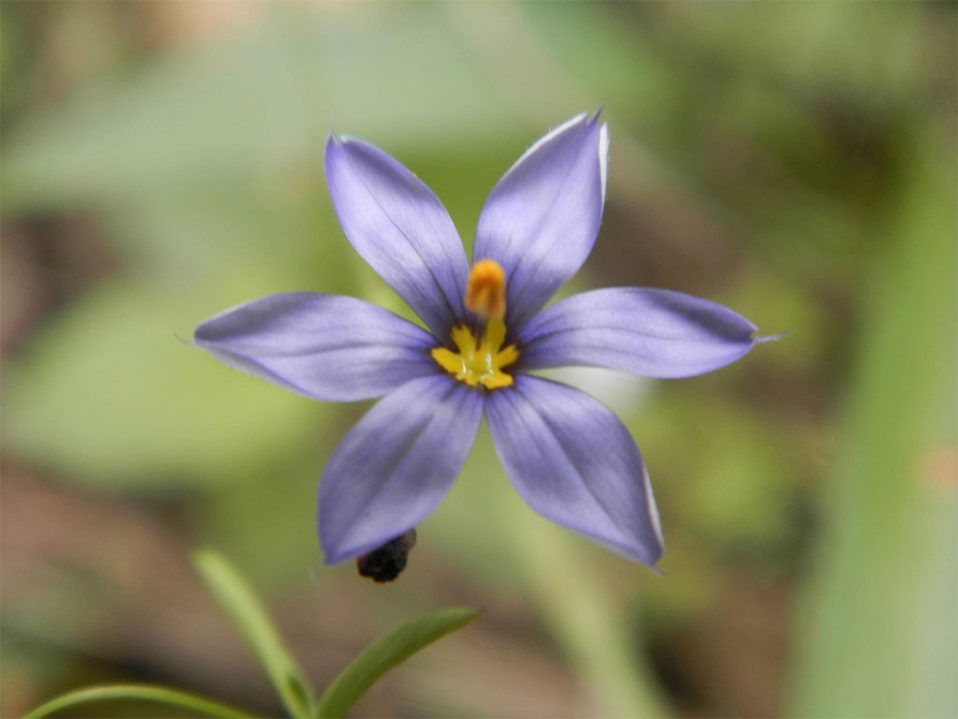
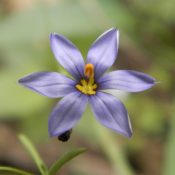
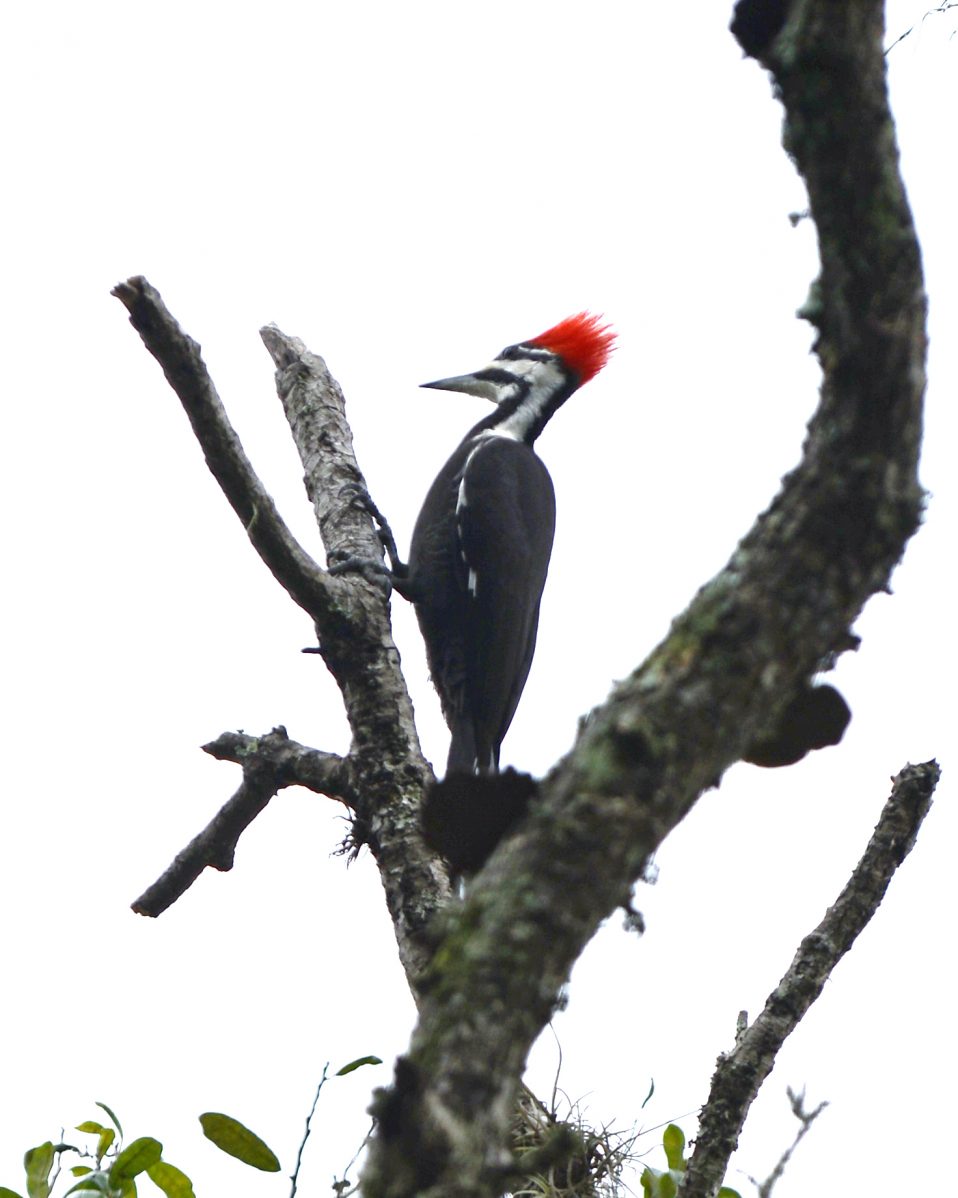

Recent Comments